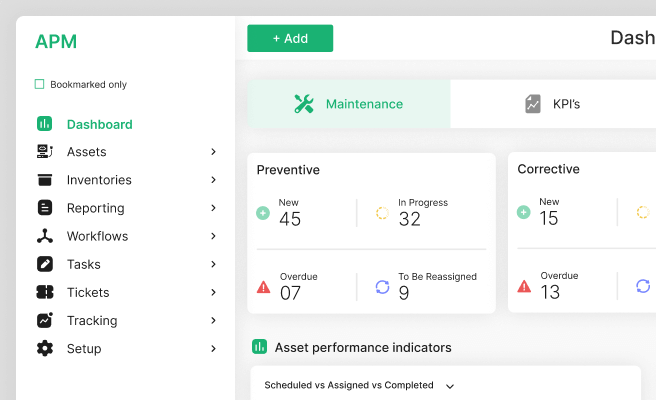Low-Fidelity Design
<p>Low-fidelity design refers to the initial stage of the design process where simple and rough sketches or wireframes are created to conceptualize and communicate ideas quickly. This approach helps teams visualize the basic structure and layout of a product without delving into detailed design elements. Low-fidelity designs are crucial for brainstorming sessions, allowing stakeholders to provide feedback early in the design process.</p>
<p>Historically, low-fidelity design has been a cornerstone of the iterative design process. It allows designers to explore multiple concepts without committing significant resources. This stage often involves hand-drawn sketches or basic digital wireframes, focusing on layout and functionality rather than aesthetics.</p>
<h2>Benefits of Low-Fidelity Design</h2>
<p>Low-fidelity design offers numerous advantages, particularly for agile teams and startups. Some key benefits include:</p>
<ul>
<li><strong>Speed:</strong> Quickly create and iterate on ideas without getting bogged down by details.</li>
<li><strong>Cost-effectiveness:</strong> Save resources by avoiding detailed designs until concepts are validated.</li>
<li><strong>Collaboration:</strong> Facilitate discussions and gather feedback from stakeholders early on.</li>
<li><strong>Flexibility:</strong> Easily modify and test different approaches.</li>
</ul>
<h2>Components of Low-Fidelity Design</h2>
<p>Low-fidelity design typically includes the following components:</p>
<ul>
<li><strong>Wireframes:</strong> Basic representations of the product layout, focusing on structure and functionality.</li>
<li><strong>Sketches:</strong> Hand-drawn or simple digital drawings that capture initial ideas and designs.</li>
<li><strong>Flowcharts:</strong> Diagrams that map out user flows and interactions within the product.</li>
<li><strong>Annotations:</strong> Notes and explanations that provide context for design decisions.</li>
</ul>
<h2>Use Cases of Low-Fidelity Design</h2>
<p>Low-fidelity design is widely used across various industries. In the climate tech sector, for instance, low-fidelity designs help teams conceptualize user interfaces for applications aimed at monitoring carbon emissions or managing renewable energy resources. By focusing on the core functionality, designers can ensure the product meets user needs before advancing to high-fidelity designs.</p>
<p>A practical example can be seen in the development of a carbon footprint tracking app. Initial low-fidelity wireframes might outline the basic layout of the dashboard, data input forms, and summary reports. This allows stakeholders to provide input on the essential features and layout, ensuring the final product aligns with user expectations.</p>
<h2>Challenges in Low-Fidelity Design</h2>
<p>While low-fidelity design has numerous benefits, it also presents some challenges:</p>
<ul>
<li><strong>Misinterpretation:</strong> Stakeholders might misinterpret the rough sketches, leading to confusion.</li>
<li><strong>Limited Detail:</strong> Lack of detail can sometimes make it hard to visualize the final product.</li>
<li><strong>Scope Creep:</strong> Frequent changes during this phase can lead to an expanded scope, potentially delaying the project.</li>
</ul>
<h2>Overcoming Challenges</h2>
<p>To address these challenges, designers can:</p>
<ul>
<li><strong>Provide Context:</strong> Use annotations and explanations to clarify design decisions.</li>
<li><strong>Set Expectations:</strong> Communicate the purpose and limitations of low-fidelity designs to stakeholders.</li>
<li><strong>Iterate Quickly:</strong> Use rapid prototyping tools like <span style="color:#2896FF; text-decoration:underline;"><a href="https://www.sketch.com/">Sketch</a></span> and <span style="color:#2896FF; text-decoration:underline;"><a href="https://www.figma.com/">Figma</a></span> to make iterative changes based on feedback.</li>
</ul>
<h2>Conclusion</h2>
<p>Low-fidelity design is a fundamental step in the design process, offering speed, cost-effectiveness, and flexibility. By leveraging basic sketches and wireframes, teams can quickly iterate on ideas and gather valuable feedback from stakeholders. Despite its challenges, with the right approach, low-fidelity design can significantly enhance the overall design process, ensuring the final product meets user needs and expectations.</p>
<p>For more insights on improving your design process, explore our comprehensive guide on <span style="color:#2896FF; text-decoration:underline;"><a href="https://www.smashingmagazine.com/2018/01/guide-wireframing/">wireframing techniques</a></span>.</p> <p>If you’re looking for inspiration to elevate customer and user experience, view our work with <a href="https://www.whatifdesign.co/work/vested-futures-ux-design-and-product-strategy" style="color:#2896FF; text-decoration:underline;">Vested Futures</a>, a web platform for climate and ESG vendors and service-provider ecosystem.<p>Ready to get started? <a href="https://cal.com/akhilak/what-if-design?duration=30" style="color:#2896FF; text-decoration:underline;">Book a 1:1 consultation call</a> with us today.</p></p>

Let's scale your impact with great design.
Free consultation, no sales pitch
Thank you! Your submission has been received!
Oops! Something went wrong while submitting the form.
Let’s talk
Nothing great is built alone.
Let’s connect about your vision, our work and how we can collaborate.
Get in touch

